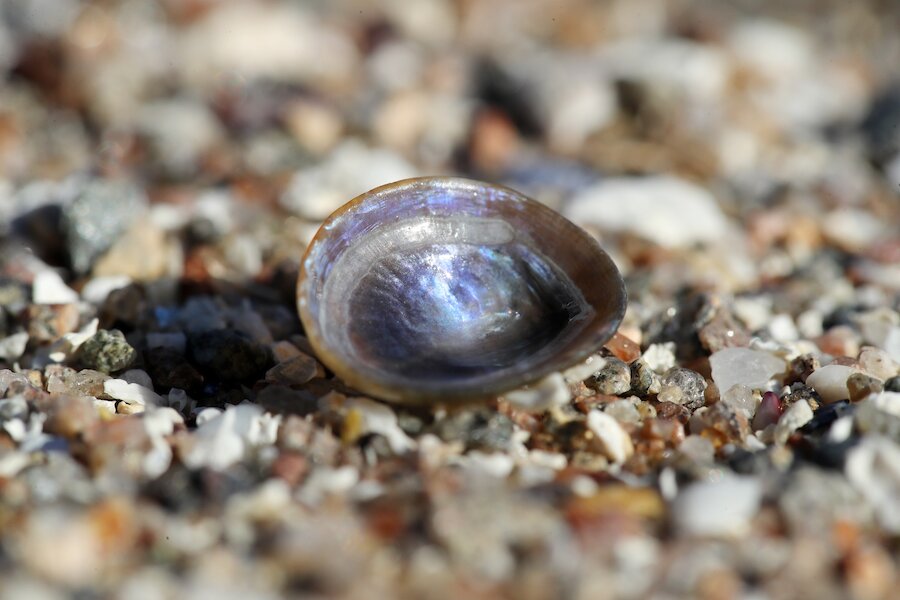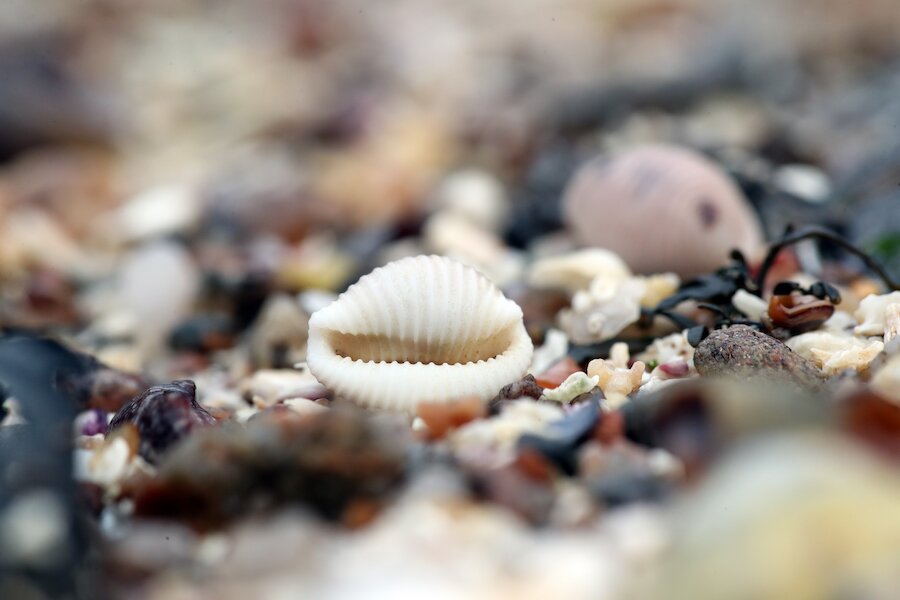In the early summer of 1914, Captain Hunter Brown of the Glasgow School of Navigation was a man on a mission. He took to the seas around Scotland with a cargo of almost 2,000 glass bottles and, by the time he returned to dry land, he had lost every single one, sunk without trace.
This was no accident.
Each bottle, a slim vessel of thick, aqueous green glass, contained a numbered postcard that promised the finder the princely sum of sixpence if they returned it to the Director of the Fishery Board for Scotland.
“Please state where and when this card was found, and then put it in the nearest Post Office," read the printed message within each bottle. "You will be informed in reply where and when it was set adrift. Our object is to find out the direction of the deep currents of the North Sea."
Each bottle was carefully weighted to ensure it sank and then bobbed along the seabed, carried by the currents deep beneath the surface. The logic of the scheme was impeccable – the bottles, found by chance, would reveal something of the mechanics of the world hidden far beneath the shifting waves of the seas surrounding Scotland.


